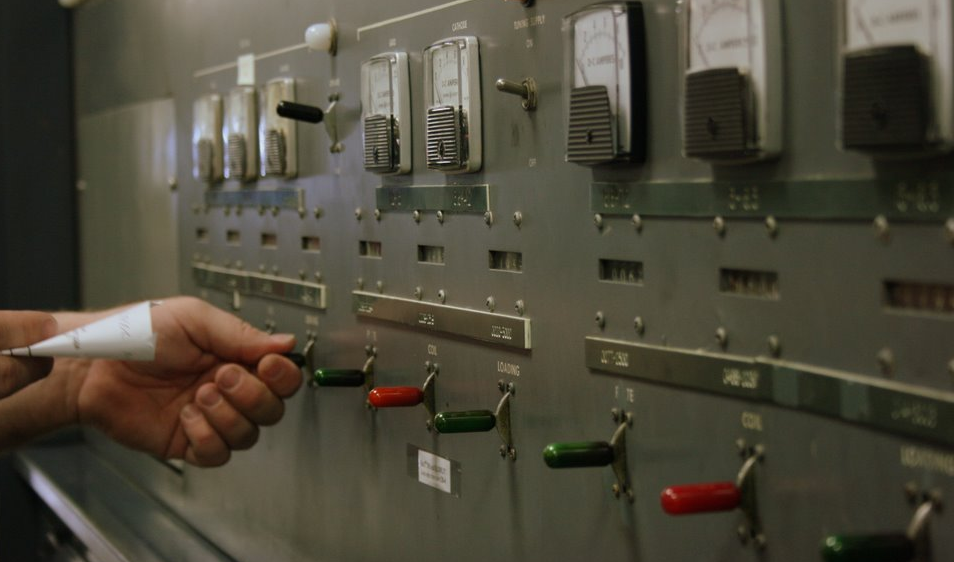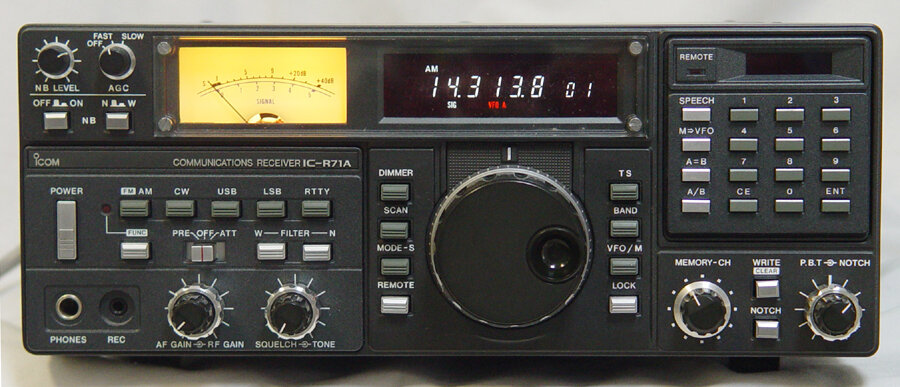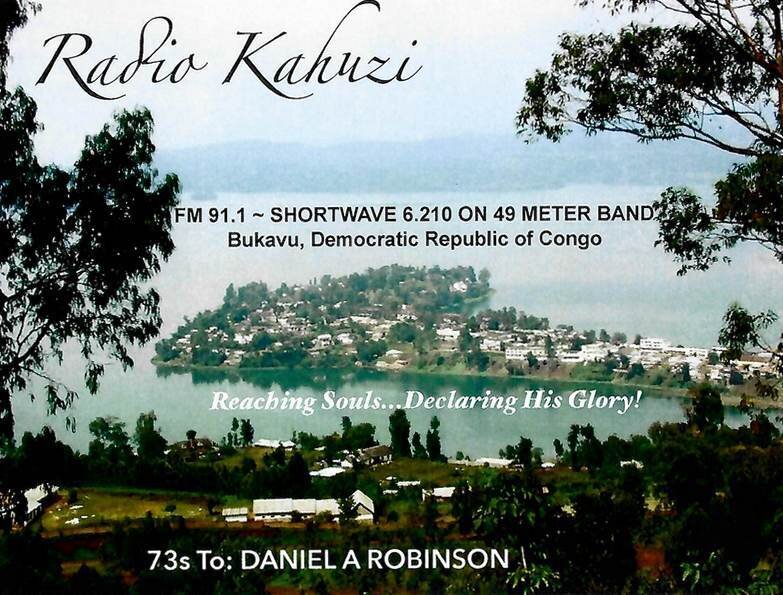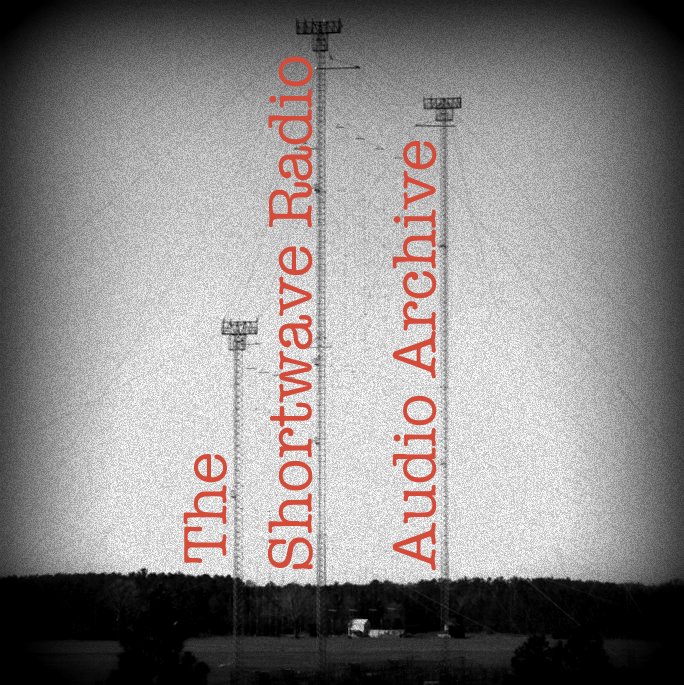Many thanks to SRAA contributor, Dan Robinson, who shares the following recording and notes on Radio Clube de Mozambique or LM Radio:
Through the 1960s and 1970’s, Mozambique was a prime target for shortwave listeners in the United States, Europe and elsewhere, with a number of regional stations based in various cities broadcasting on shortwave, as well as its main national station in the capital Lorenzo Marques. For some reason, not many recordings of Radio Mozambique exist today — this is perhaps because the station was such a challenge to hear on its 60 and 90 meter band frequencies. Latin American stations often interfered with Radio Club de Mocambique or LM Radio as it was known, though many DX’ers did succeed in hearing the station and obtaining cherished QSLs. Quite a few were able to hear and verify the more challenging regional stations in cities such as Beira, Quelimane, and Nampula — the capital of Lorenzo Marques was later changed to Maputo. Excellent articles about Radio Mozambique can be found here and here.
In 1974 I had the thrill of a lifetime, for a radio hobbyist that is, when I spent 3 months living in Swaziland, which is adjacent to the very southern tip of Mozambique as an AFS exchange student. I had brought a Drake SPR-4 with me and with a 100 foot longwire on a hill in Swaziland I was able to listen to a number of regional stations at local signal levels. One of them was LM Radio — I made this recording on one of the shortwave frequencies used by Mozambique at the time. You can hear the South African-influenced programming, including an ad for Marlboro cigarettes, and the station’s Portuguese ID at the end. According to the Wavescan article above, shortwave from Mozambique lasted into the early 2000s, at least according to listings. Another shortwave station from Mozambique, Catholic broadcaster Radio Pax, was also on the air and was an even more difficult catch for DX’ers.

















